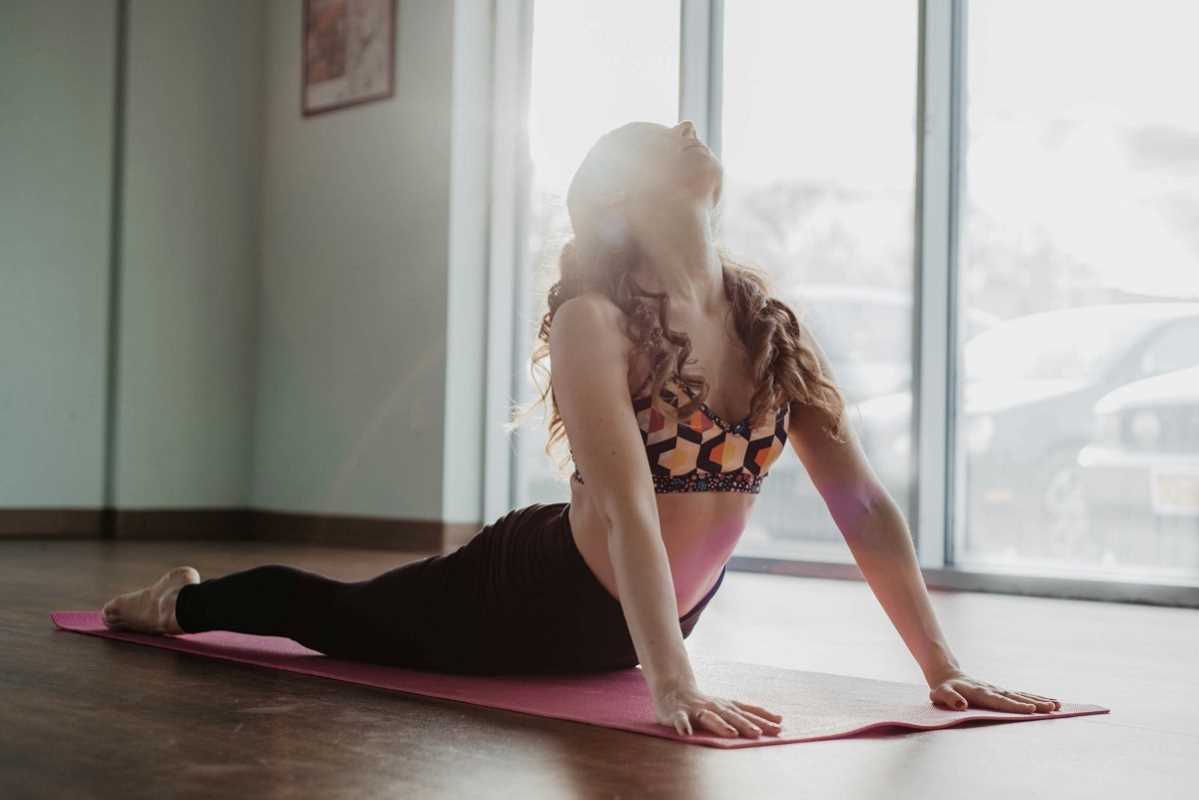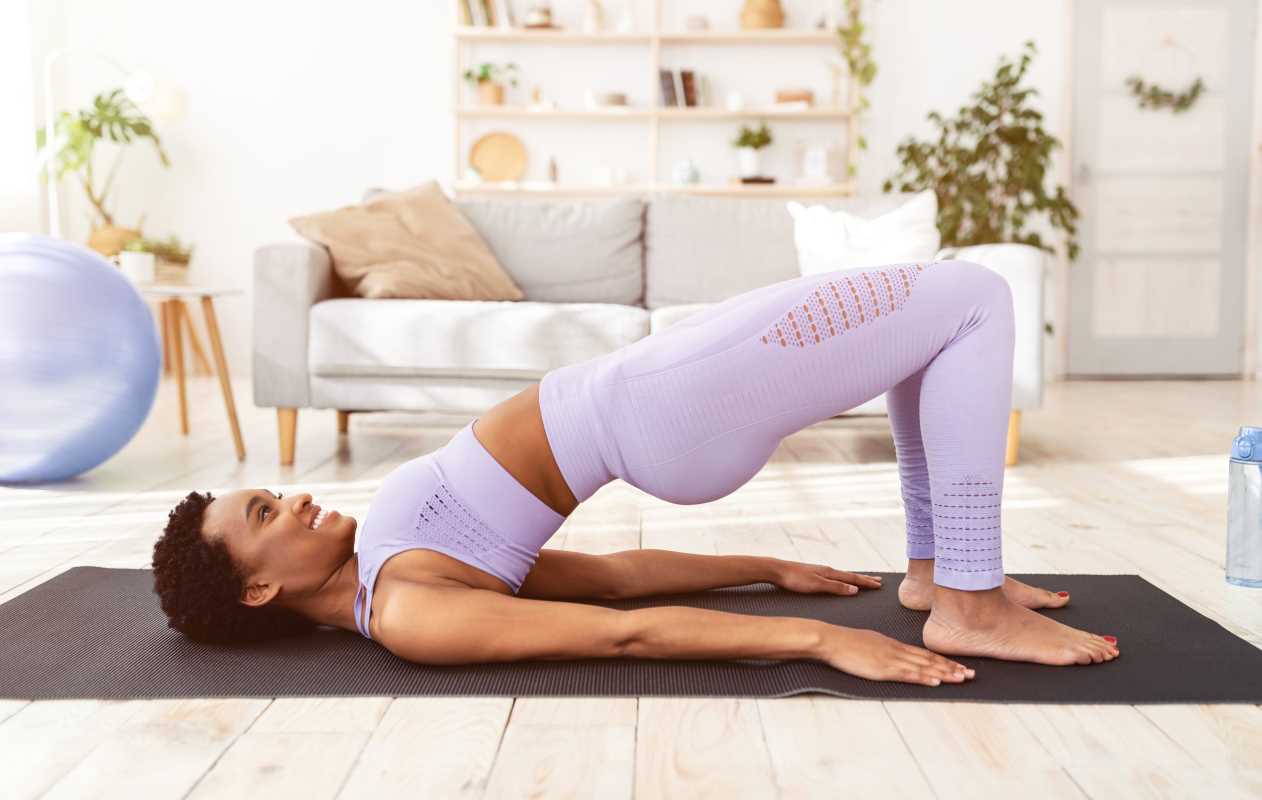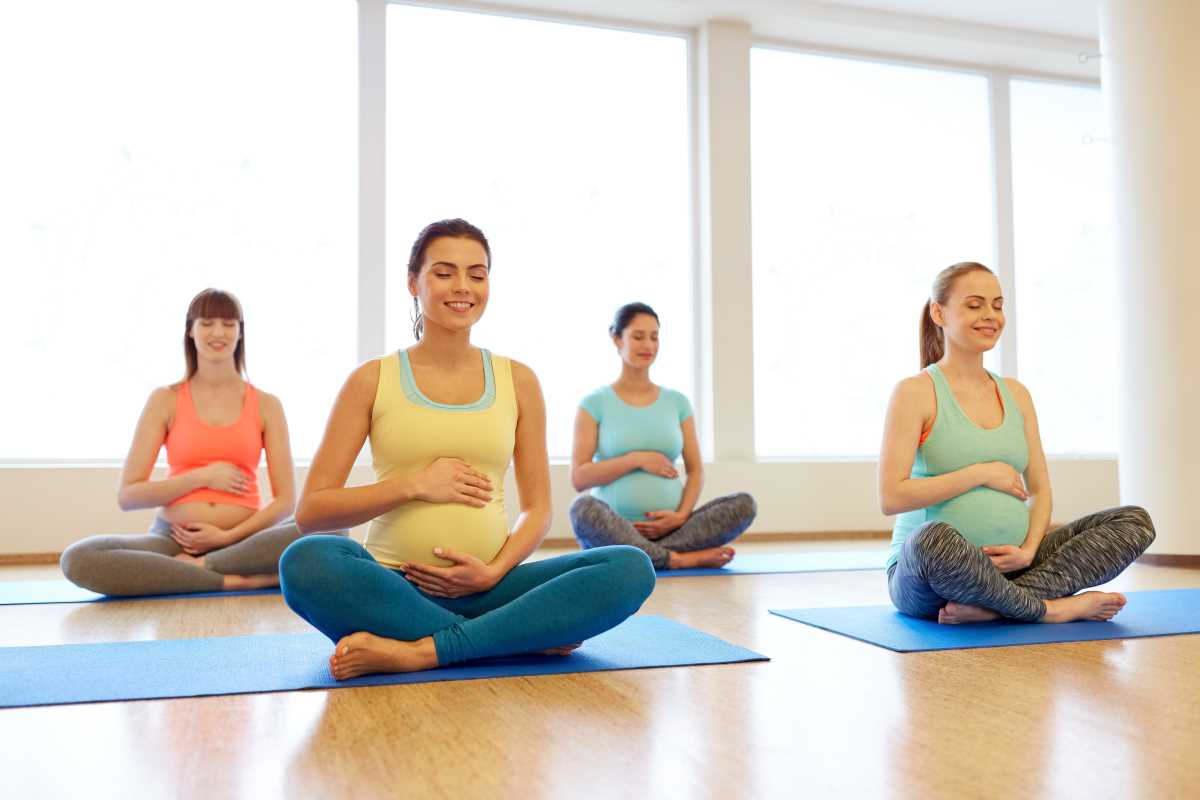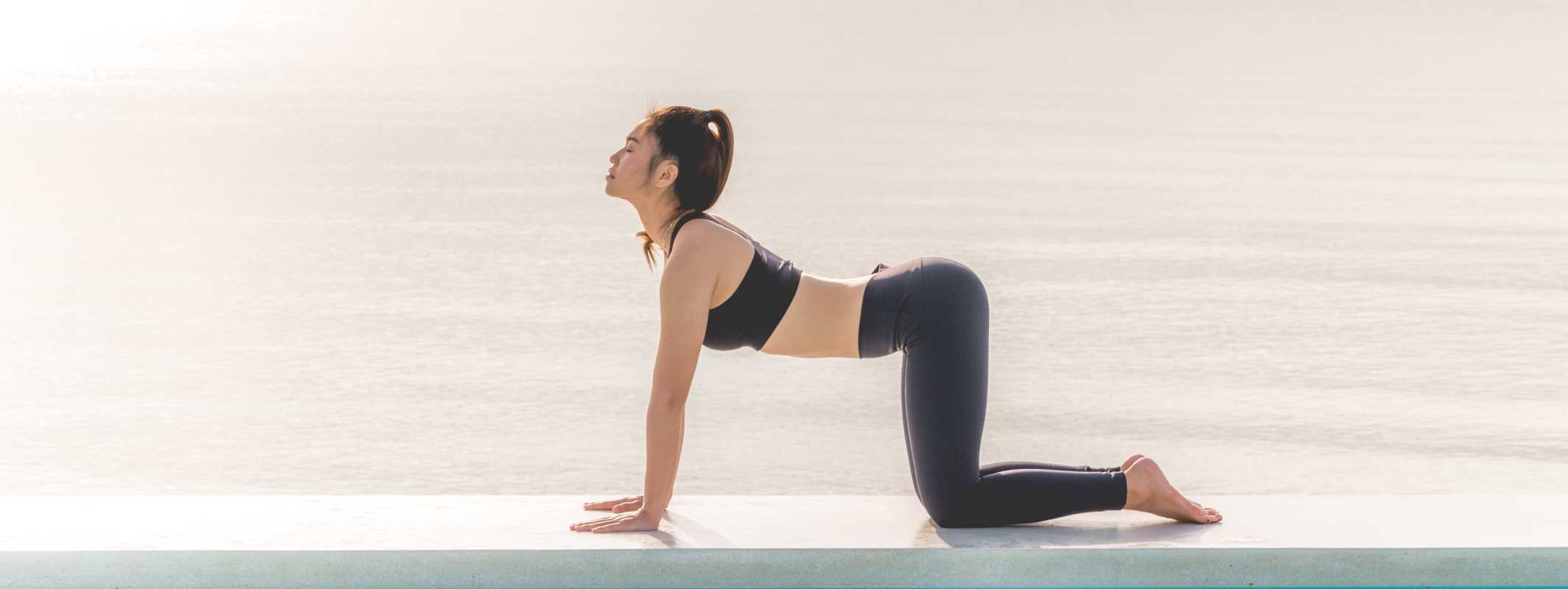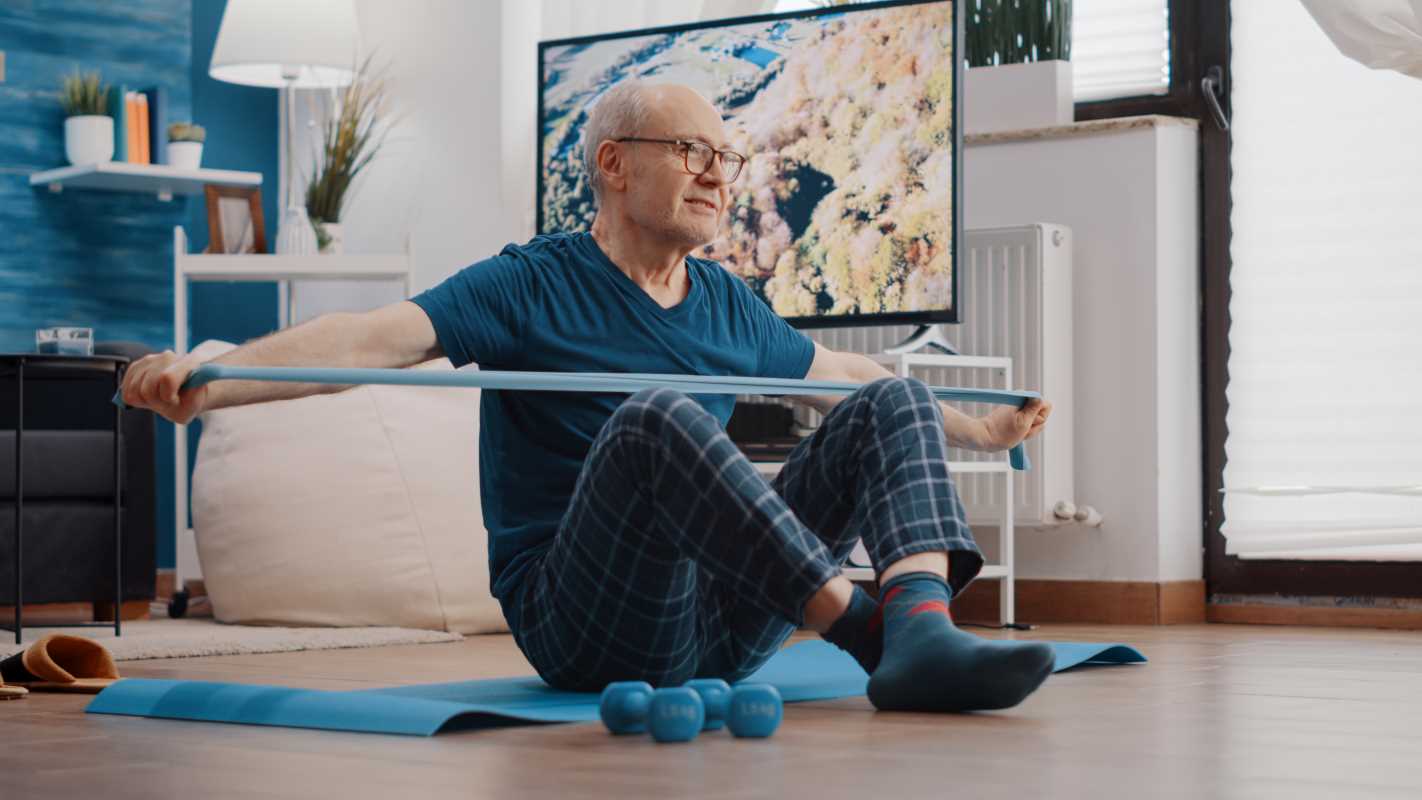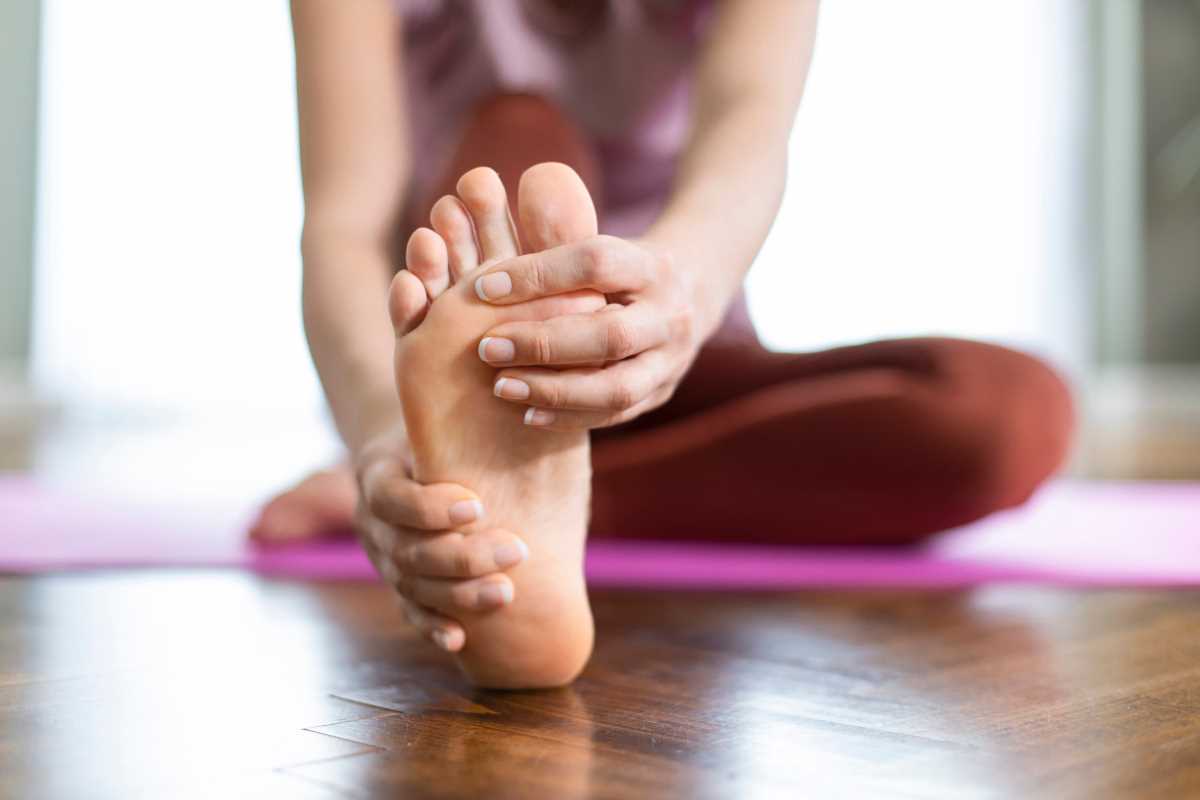High-Intensity Interval Training (HIIT) is one of the most effective workout methods for building endurance, burning calories, and improving cardiovascular health. For beginners with low endurance, though, its intensity can make it seem impossible to get into. The good news is that HIIT can be tailored to meet any fitness level. By modifying the exercises and focusing on short, manageable intervals with enough rest, you can ease into this style of training without feeling stressed. We will guide you through beginner-friendly HIIT exercises that are perfect for those with low endurance. You’ll learn how to get started, the benefits of tailored HIIT workouts, and how sticking with them can help boost your stamina over time.
1. Step Marching Instead of Running
Jumping straight into sprints can be excessive for beginners with low endurance. Step marching is a lower-intensity alternative that elevates your heart rate without exhausting you.
- Stand tall and march in place for 20 seconds, lifting your knees to hip height and swinging your arms gently.
- Use a steady pace where you feel warm but not out of breath.
- Take a 15–20 second break, then repeat for 4–6 rounds.
This modification activates your leg muscles and gets your blood flowing and builds the foundational stamina needed for higher-energy moves.
2. Modified Jumping Jacks
Traditional jumping jacks might feel too vigorous at first. Modifying the movement helps keep it accessible and joint-friendly.
- Step one leg out to the side while raising your arms overhead instead of jumping.
- Return to the starting position and switch sides, alternating for 20–30 seconds.
- Rest for 15 seconds before repeating for 4–5 rounds.
This approach reduces the impact on your knees and ankles and still provides a full-body cardio boost.
3. Wall Push-Ups for Strength Building
Regular push-ups can feel daunting, especially if you have low upper body strength. Wall push-ups offer a beginner-friendly version that strengthens your chest and arms.
- Place your palms against a wall at shoulder height and step back a few feet.
- Bend your elbows to lower your chest toward the wall, then push back to the starting position.
- Perform 10–12 reps followed by a 20-second rest, repeating for 3 rounds.
Wall push-ups work the same muscles as traditional push-ups but at a reduced intensity, helping you build strength for future progress.
4. Low-Impact Squats
Bodyweight squats can be modified to fit your comfort level. It’s a fantastic way to strengthen your legs and glutes without added strain.
- Stand with your feet hip-width apart and lower yourself as if sitting in a chair.
- Go as low as feels comfortable, then rise back to the starting position.
- Perform 8–10 squats followed by a 20-second rest, repeating for 3–4 rounds.
Adding a sturdy chair for support helps maintain good form and offers reassurance for beginners.
5. Seated Knee Lifts
For those worried about balance, seated exercises can provide a safe introduction to HIIT. Seated knee lifts engage your core and keep your workout intensity manageable.
- Sit in a sturdy chair with your back straight and feet flat on the ground.
- Lift one knee toward your chest, hold it for a second, then lower it back. Alternate between legs for 20–30 seconds.
- Take a 15-second rest and repeat for 4–5 rounds.
This beginner modification works your core muscles and gets your heart rate up without requiring standing movements.
6. Side Steps with Arm Raises
Dynamic side steps help improve coordination and provide a low-impact cardio option.
- Step to the side with your right foot, then bring your left foot to meet it, raising your arms to shoulder height simultaneously.
- Reverse the movement by stepping to the left and repeating the pattern for 20–30 seconds.
- Rest for 20 seconds before completing another 4–5 rounds.
Side steps are gentle on the joints but still get your body moving in multiple directions.
7. Chair Dips
Chair dips are a great way to strengthen your arms and shoulders while keeping your lower body supported.
- Sit on the edge of a sturdy chair with your hands gripping the sides.
- Slide forward slightly so your hips are off the chair, and bend your elbows to lower your body. Push back up to the starting position.
- Perform 6–8 reps followed by a 15-second rest, repeating for three sets.
Chair dips improve upper body strength with a controlled, accessible movement.
8. Standing Side Leg Lifts
This exercise strengthens the muscles in your hips and thighs with minimal effort.
- Stand next to a wall or sturdy surface for support.
- Slowly raise one leg out to the side, keeping your movements controlled and smooth. Lower it back down and repeat on the other side.
- Perform 8–10 lifts per leg, resting for 20 seconds between rounds.
Building hip strength improves your overall stability, which is important as you boost endurance.
9. Modified Plank Hold
Planks are effective for strengthening your core, but the full version can feel intense. A modified plank allows you to ease into the exercise.
- Start on your hands and knees, keeping your back straight and engaging your core.
- Hold this position for 10–15 seconds or as long as feels comfortable.
- Rest for 20 seconds and repeat for 3–4 rounds.
Short holds are enough to activate your core muscles safely if you’re just starting out.
10. Active Rest Movements
One of the key components of HIIT is alternating activity with rest. Active resting, such as light stretching or slow pacing, keeps you moving without overexertion.
- March in place gently or perform slow shoulder rolls during rest intervals.
- Avoid sitting down between exercises, focusing instead on low-intensity movements.
Active rests help maintain blood flow and make it easier to transition into the next round.
Tips for Getting Started
- Warm-up: Begin with 5 minutes of light stretching or dynamic movement to prevent injury.
- Listen to your body: Stop or modify exercises further if you feel discomfort.
- Set goals: Start with 10 minutes per session, gradually increasing duration and intensity.
- Stay hydrated: Drink water before, during, and after your workout.
Consistency is more important than intensity when you’re beginning a HIIT program. Even small efforts add up over time, helping you improve your stamina and overall fitness level.
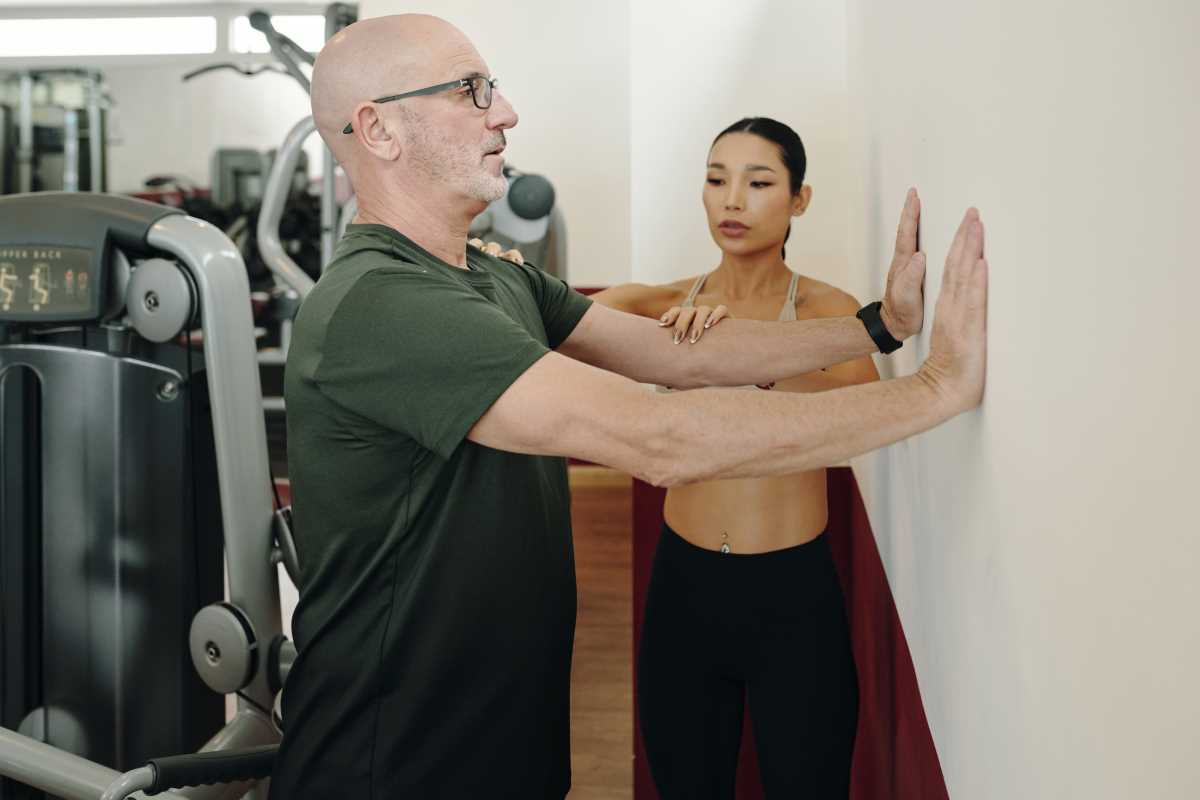 (Image via
(Image via